
With the acceleration of urbanization and the increasing number of buildings, how to improve the energy efficiency of buildings has become an important issue. The traditional building automation system is mainly based on timing control and manual operation, which is difficult to achieve fine management. The emergence of interconnected sensors has brought new development opportunities for building automation. This article will explore how interconnected sensors can improve the energy efficiency of building automation development.
Ⅰ.Introduction to interconnect sensors
An interconnected sensor is a device that digitizes information in the physical world and connects it to a network. They can collect various data in the environment, such as temperature, humidity, light, etc., transmit these data to the cloud through the Internet, and achieve data analysis, processing and control. Interconnected sensors can enable the infrastructure of the Internet of Things and are also key technologies for applications such as smart homes and smart cities.
Ⅱ,The current situation of building automation
Building automation system refers to the use of automatic control technology to centrally control various equipment in the building to achieve intelligent management of the building. At present, the building automation system has been widely used in commercial, industrial, residential and other fields, of which the commercial field is the most widely used field.
The traditional building automation system mainly adopts the way of timing control and manual operation, which is difficult to achieve fine management. In terms of energy management, traditional building automation systems mainly rely on statistics and analysis of energy consumption to save energy. There are many problems with this method, such as the inability to monitor energy consumption in real time, and the inability to adjust energy use in time.
Ⅲ, the application of interconnect sensors in building automation
Interconnect sensors can realize real-time monitoring and control of various equipment in the building, so as to achieve fine management of the building and improve the energy efficiency of the building. The following is the application of interconnect sensors in building automation.
1. Air conditioning system
The air conditioning system is one of the biggest energy users in a building. The traditional air conditioning system mainly adopts the way of timing switch and manual temperature adjustment, which is difficult to realize energy saving. The use of interconnected sensors can monitor the temperature, humidity, light and other environmental parameters in the building in real time, and make intelligent adjustments according to the actual situation, so as to achieve energy saving of the air conditioning system.
2. Lighting system
The lighting system is also one of the most energy-consuming devices in the building. Traditional lighting system mainly uses timing switch and manual brightness adjustment, it is difficult to achieve energy saving. The use of interconnected sensors can monitor the lighting intensity, personnel activities and other parameters in the building in real time, and carry out intelligent control according to the actual situation, so as to realize the energy saving of the lighting system.
3. Elevator system
The elevator system is an important means of transportation in the building, and it is also one of the equipment with large energy consumption. The traditional elevator system mainly adopts the way of timing control and on-demand control, which is difficult to realize energy saving. The use of interconnected sensors can monitor the use of the elevator in real time, and make intelligent adjustments according to the actual situation, so as to realize the energy saving of the elevator system.
4. Water and electric system
The water-electric system is the three major infrastructures in the building, and it is also one of the equipment with large energy consumption. The traditional water-electric system mainly adopts manual operation and on-demand control, so it is difficult to realize energy saving. The use of interconnected sensors can monitor the water, electricity and gas use in the building in real time, and carry out intelligent control according to the actual situation, so as to realize the energy saving of the water and electrical system.
Ⅳ,The advantages of interconnected sensors in building automation
Interconnect sensors offer the following advantages in building automation:
1. Real-time monitoring
Interconnect sensors can monitor the use of various devices in the building in real time, so that problems can be detected and dealt with in time.
2, fine management
Interconnected sensors enable refined management of various devices in the building, thereby achieving energy savings.
3. Intelligent control
The interconnected sensors enable intelligent control based on real-time monitoring data to automate the management of various devices in the building.
4. Data analysis
The interconnect sensor can analyze the real-time monitoring data, so as to obtain the use of various equipment and energy consumption data in the building, providing a reference for building energy management.
Ⅴ,Challenges of interconnected sensors in building automation
Interconnected sensors face the following challenges in building automation:
1. Data security
Interconnected sensors involve a large amount of data transmission and storage, and data security is an important issue.
2. System compatibility
Interconnect sensors need to be compatible with various devices in the building, and need to consider the stability and reliability of the system.
3. Cost
The cost of interconnected sensors is high, and the balance between cost and benefit needs to be considered.
Ⅵ. Conclusion
Interconnected sensors are one of the important technologies in the development of building automation, which can achieve fine management, intelligent control and energy saving. However, connected sensors face some challenges in building automation, requiring a combination of cost, system compatibility, and data security. In the future, with the continuous development of Internet technology and the acceleration of intelligent city construction, the application of interconnected sensors in building automation will be more and more extensive.
The Products You May Be Interested In
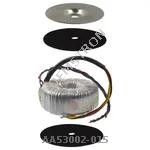 |
AA53002-015 | XFRMR TOROIDAL 300VA CHAS MOUNT | 464 More on Order |
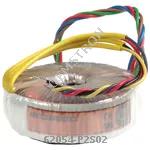 |
62054-P2S02 | XFRMR TOROIDAL 15VA CHAS MOUNT | 107 More on Order |
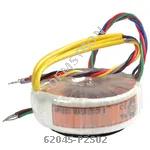 |
62045-P2S02 | XFRMR TOROIDAL 10VA CHAS MOUNT | 135 More on Order |
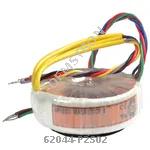 |
62044-P2S02 | XFRMR TOROIDAL 10VA CHAS MOUNT | 336 More on Order |
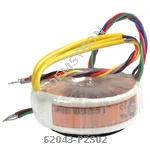 |
62043-P2S02 | XFRMR TOROIDAL 10VA CHAS MOUNT | 304 More on Order |
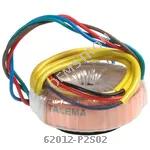 |
62012-P2S02 | XFRMR TOROIDAL 3.2VA CHAS MOUNT | 178 More on Order |
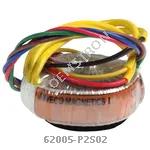 |
62005-P2S02 | XFRMR TOROIDAL 1.6VA CHAS MOUNT | 426 More on Order |
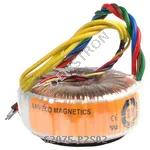 |
62075-P2S02 | XFRMR TOROIDAL 35VA CHAS MOUNT | 406 More on Order |
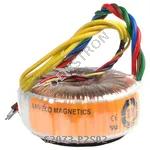 |
62073-P2S02 | XFRMR TOROIDAL 35VA CHAS MOUNT | 294 More on Order |
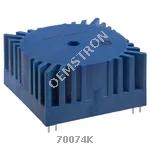 |
70074K | XFRMR TOROIDAL 35VA THRU HOLE | 380 More on Order |
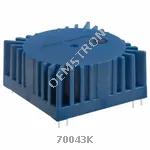 |
70043K | XFRMR TOROIDAL 10VA THRU HOLE | 309 More on Order |
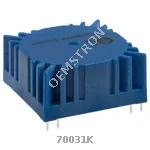 |
70031K | XFRMR TOROIDAL 7VA THRU HOLE | 481 More on Order |
 |
70024K | XFRMR TOROIDAL 5VA THRU HOLE | 486 More on Order |
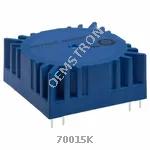 |
70015K | XFRMR TOROIDAL 3.2VA THRU HOLE | 421 More on Order |
 |
70013K | XFRMR TOROIDAL 3.2VA THRU HOLE | 244 More on Order |
 |
62015-P2S02 | XFRMR TOROIDAL 3.2VA CHAS MOUNT | 210 More on Order |
 |
62082-P2S02 | XFRMR TOROIDAL 50VA CHAS MOUNT | 277 More on Order |
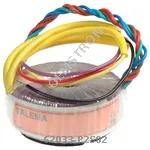 |
62033-P2S02 | XFRMR TOROIDAL 7VA CHAS MOUNT | 360 More on Order |
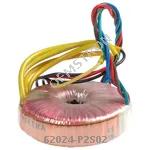 |
62024-P2S02 | XFRMR TOROIDAL 5VA CHAS MOUNT | 268 More on Order |
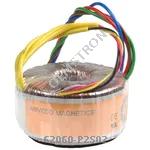 |
62060-P2S02 | XFRMR TOROIDAL 25VA CHAS MOUNT | 3963 More on Order |
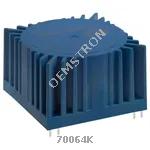 |
70064K | XFRMR TOROIDAL 25VA THRU HOLE | 2293 More on Order |
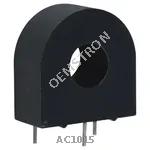 |
AC1015 | CURR SENSE XFMR 15A T/H | 287 More on Order |
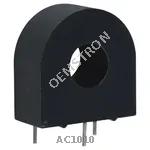 |
AC1010 | CURR SENSE XFMR 10A T/H | 254 More on Order |
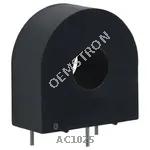 |
AC1025 | TRANSFORMER CURRENT 25.0 AMP | 235 More on Order |

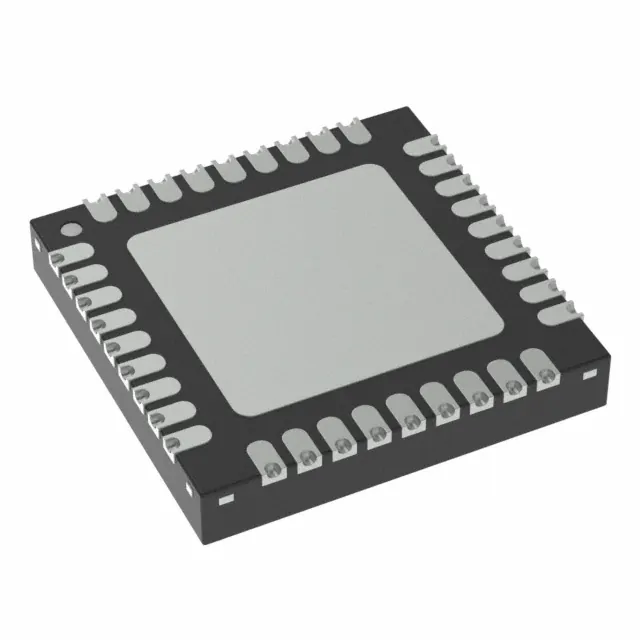 Semiconductors
Semiconductors









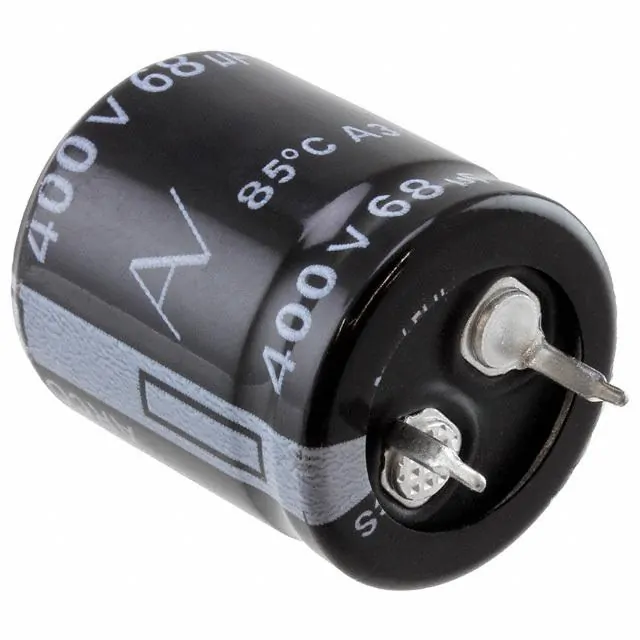 Passive Components
Passive Components









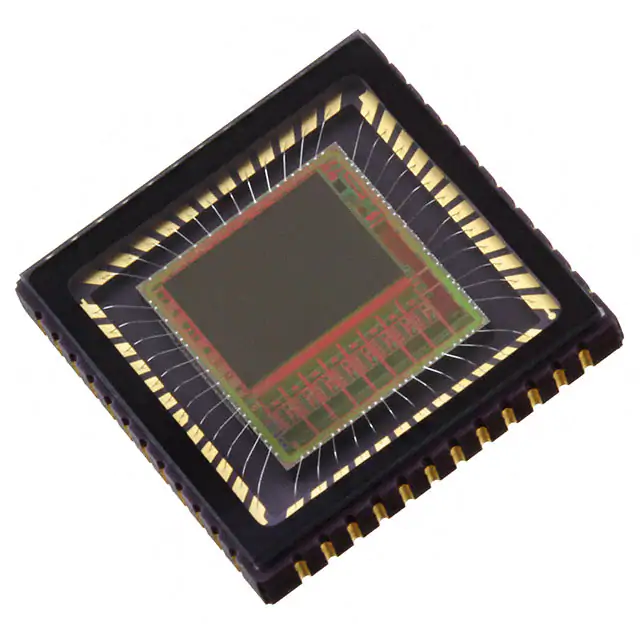 Sensors
Sensors








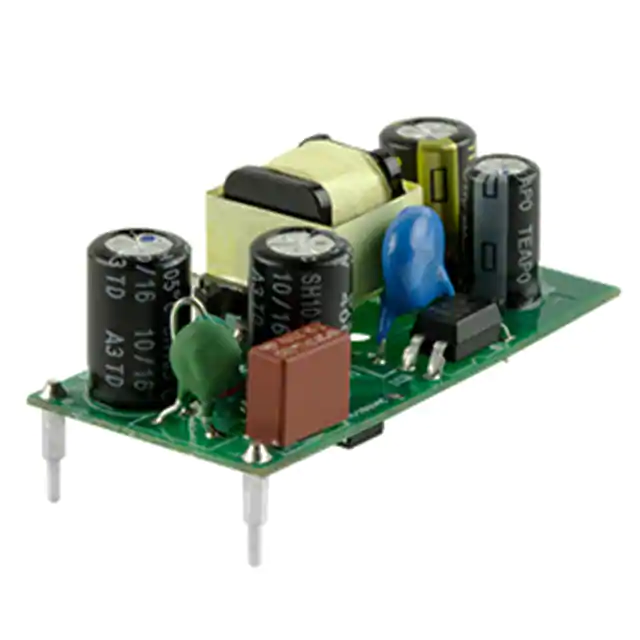 Power
Power









 Optoelectronics
Optoelectronics








